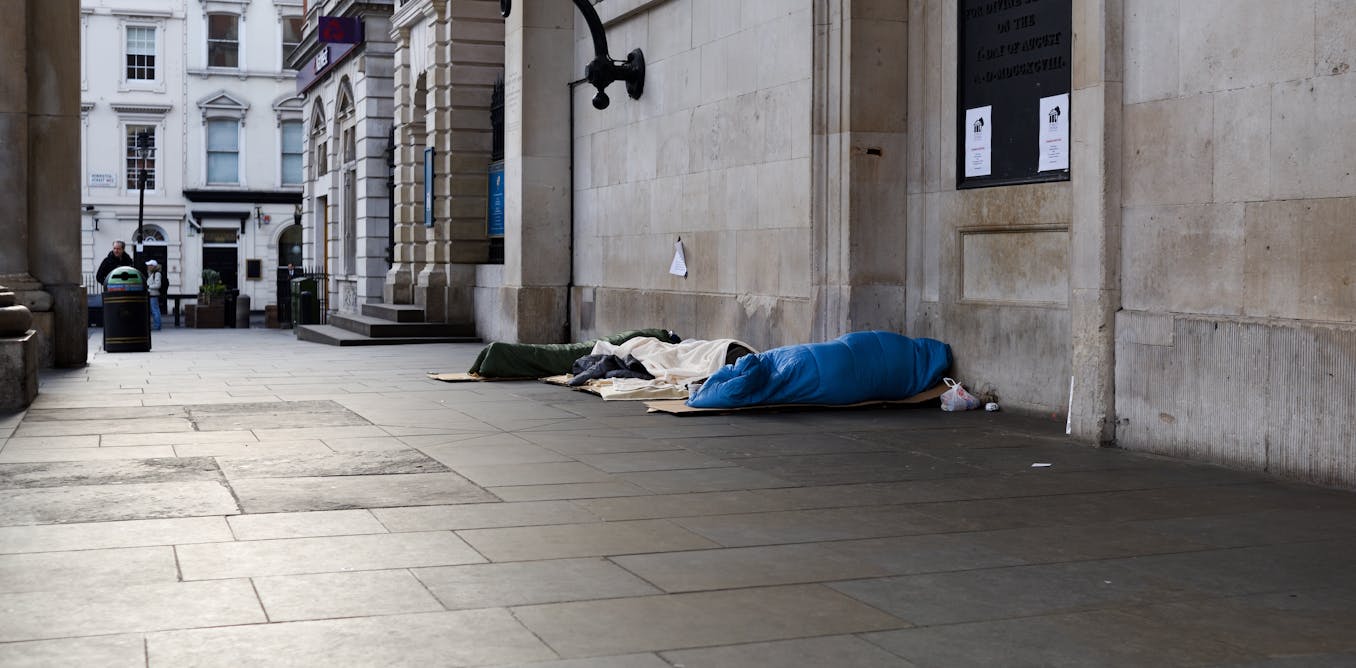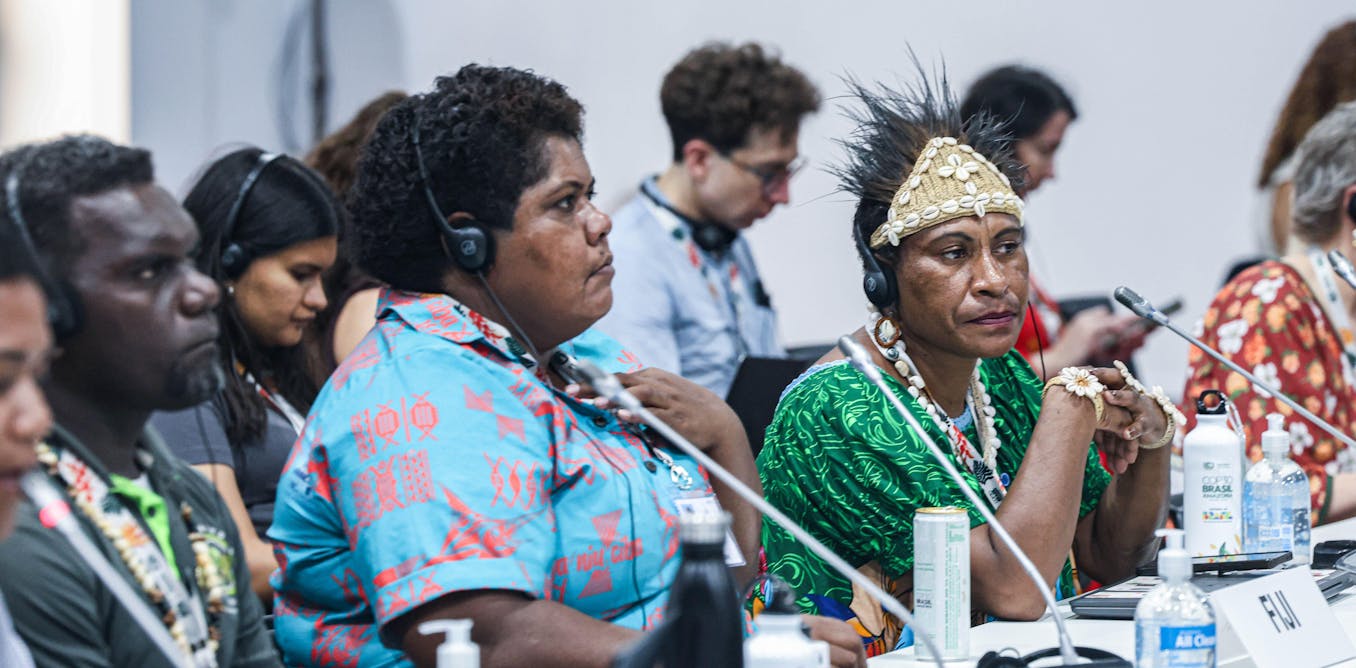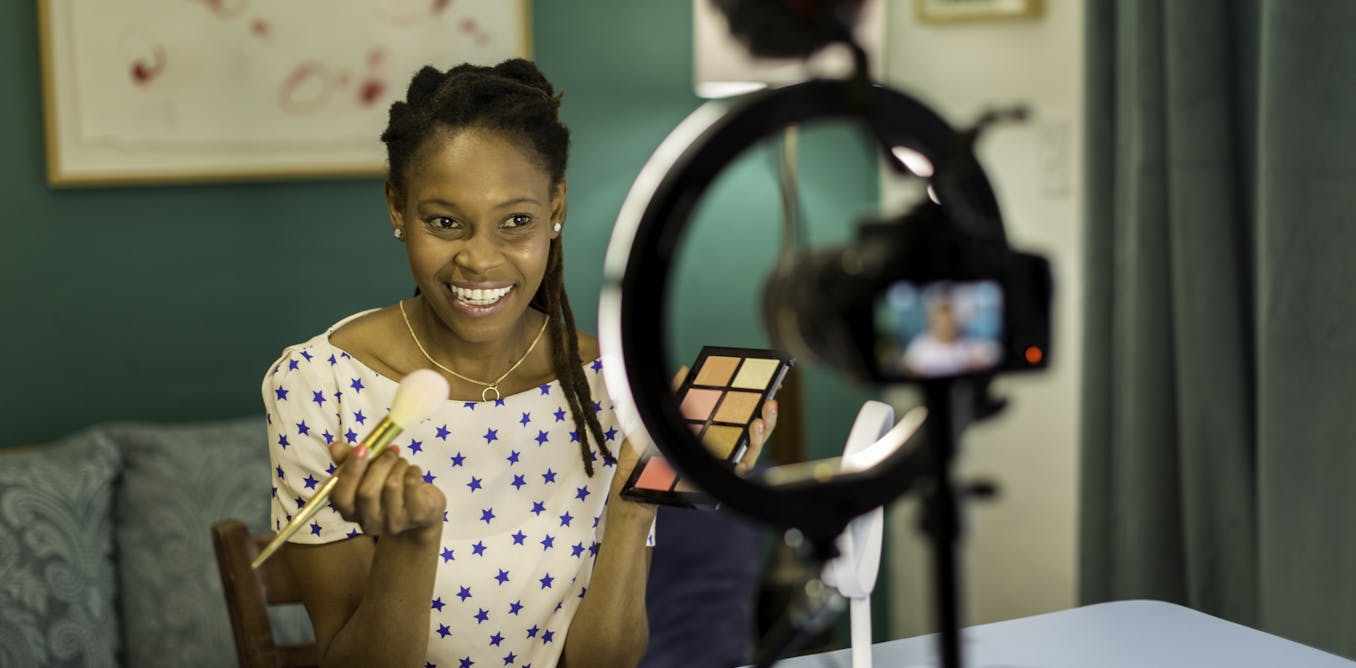Editor’s Note: This story is part of Newsmakers, an ARTnews series where we interview the movers and shakers who are making change in the art world.
While most viewers came to Sex and the City in the early 2000s for its scandalous sex lives and couture looks, the reboot And Just Like That… offers a more nuanced look at middle age. Along with the new perspective is also a new character, Lisa Todd Wexley, portrayed as a caring mother, a loving wife, a cutting-edge documentarian, and a strong Black woman.
To help develop Wexley, the show brought in curator and collector Racquel Chevremont—who was recently on a TV reboot of her own, the Real Housewives of New York—to build the character’s art collection.
Wexley’s home, shared with her husband Herbert, showcases their incredible collection of figurative Black art, including such works as Carrie Mae Weems’ “Kitchen Table Series” (1990), Deborah Roberts’ Political Lamb in a Wolf’s World (2018), Barkley Hendricks’ October’s Gone . . . Goodnight (1973), Gordon Parks’ Department Store, Mobile, Alabama (1956), Mickalene Thomas’ Portrait of Mnonja (2010) and Racquel avec Les Trois Femmes Noires (2011), Derrick Adams’ Family Portrait 9 (2019) and Style Variation 32 (2020), and Alma Thomas’ Snoopy — Early Sun Display on Earth (1970).
Chevremont carefully chose each piece of historic and contemporary art to exemplify excellence in Black art. Together, these pieces highlight moments of reprieve and difficulty alike to demonstrate the larger ethos of Wexley herself. The artworks are not only aspirational for the character, who is an artist on the show in her own right, but also celebrates her very personhood.
ARTnews caught up with Chevremont to talk about the behind the scenes details of curating the Wexley collection and what it means to showcase artwork that exemplifies Black life to millions of viewers worldwide.
This interview has been edited and condensed for clarity and concision.
ARTnews: You’re the brains behind Lisa Todd Wexley’s art collection. Tell me how that started.
Chevremont: People working on the show kept being given my name and reached out to me about doing this. One of the episodes was going to be specific to the Wexleys’s home and to their collection. Then the mother-in-law comes and critiques everything. So, they gave me a little background on the characters—Lisa, her husband, and their children, along with their ages and where they live.
When I work on television shows or films, I want to know who the character is because then I can relate to that as I work with collectors. I can think about, as a collector, this is where I believe they would be or the types of work that they would be interested in. So, I began there.
I was told a little bit about the episode and I started pulling artists that I thought would round out the collection well. I submitted a bunch of different ideas, and they loved it. And then I went from there. I don’t reach out to the artist until after they’re approved [as opposed to curating an exhibition where one needs permission from the artist to participate] because things work a little differently with set design. There are some collectors who buy specifically for certain spots in their homes, but for the most part I work with collectors who buy what they love and then figure out where to place it after the purchase. With television or film, you need to know where the pieces are going to be placed. Once everything is determined, I reach out to the artists to see if they’re interested.
After everything is approved with set design and the artist is notified, what does the process look like on set?
For TV, I don’t borrow work because there is usually not enough insurance, especially for the type of artwork I’m trying to use. More often, I license the image and then have it recreated. So, I have it printed on canvas, or whatever medium it happens to be, and then go from there. The And Just Like That… set design team is amazing because they were way more detailed than a lot of the others I’ve worked with. They wanted to know specific colors so that once they printed it, they could go back in with actual paint to try to make it look as real as possible, especially because there was going to be so much focus on the collection. But that’s not always the case. I did Empire years ago, for example, and they would just print the work on canvas and put it on the wall in this kind of background situation. With And Just Like That…, I thought about family, and I did select mainly figurative work that would tell a story and let viewers know a little bit about the characters.
Were all the works recreations?
There were certain pieces that I got really lucky with, like the Gordon Parks piece. They don’t let you recreate work, so I reached out to his foundation directly, and they were willing to loan me the actual piece. It came with security, and we put it on the wall, shot the scene, and it left immediately. It was there just for that one scene. That Gordon Parks piece was essential because the character is a documentarian. Another original on set was the Carrie Mae Weems work.
Wexley is this strong Black female filmmaker in this very opulent and wealthy Manhattan lifestyle. The artwork has to reflect that because it is such a huge part of her personhood. What was your approach to her art collection and the art collection on set?
I wanted her to have some established artists, but also some artists that were maybe not as well known, because I wanted to show that she’s a true collector not just a trophy hunter. And I wanted it to reflect family. There were certain parameters that felt important, for instance, we didn’t feel that there should be nudity because the character has children in the home, and she and her husband are of a particular generation. So, it just felt like the works needed to be figurative. We wanted it to be clear that this is a home that celebrates Blackness.
Were there any artists or works that “got away”?
There were a couple of artists that I would have loved to have had in there that I could not get. I have to say, I wanted an Amy Sherald, but she doesn’t like to have her work on film or on television. I respect that. There were a bunch of others that I considered if we decided to do some abstract work too.
Were there any other works you felt strongly about?
The piece by Barclay Hendricks. I reached out to his wife and his estate. I was so hyped, but that was a tricky one. I attempted to get his work for other things, and it just didn’t work out. But this time it did, and the work is incredible!
I also had Deborah Roberts on there, who’s not as much of a household name, but is someone I personally collect. I’ve worked with her quite a bit and she’s always down to make it happen.
Her work in particular has a playfulness, and I think a huge part of showcasing Black excellence is not just the hard moments, but these opportunities for relaxation and joy.
Exactly. It was also important for us to name the artists in the script and then to discuss it so that people could look these artists up and find out more about their practice. It really became a focal point of Lisa’s character. I think it really resonated.
What does it mean to be able to showcase this art and artists outright on such a big platform?
It’s huge. When I first started working on television, there were a lot of artists who were trepidatious about the process. Art is not accessible to everyone and I always looked at it as an opportunity for millions of people to see this work on the screen who might not get to see it at their local museum or at a gallery, or don’t feel welcome in these kinds spaces. Unless you’re in a big city, you don’t really have access often times to actually see work. This shows how people live with their art, which is important. I feel like you can reach way more people through television and film than you could otherwise. Art changes perspectives. It changes lives. We don’t have enough art. We’re losing art funding everywhere. And I’m going to do whatever I can do to get art out there on a platform to kind of democratize it so that it becomes accessible.
Even if you live in a big city, a lot of museums cost at least $30 for one ticket and that’s not affordable for the average person.
It’s prohibitive, especially for the audience that a lot of these artists want to engage with. This offers a different way of engaging with that audience. Ultimately, it’s reaching more homes than a museum show and changing someone’s life.
Another project I worked on that I felt strongly about was the [2023] movie Leave the World Behind, but that one had a completely different take. It follows this couple, played by Julia Roberts and Ethan Hawke, who rent a home on the beach in Long Island, when the world starts to fall apart. The owner of the home, played by Mahershala Ali, shows up in the middle of the night and there’s this tension because they don’t realize the home is owned by an African American man. The artwork in this movie was also all by African Americans, but it was all abstract because I wanted, as you go back, to see signs that this is potentially owned by someone of color, but it’s not as immediate as when you walk into the Wexley’s home in And Just Like That….
This was more of a build up, with a pan on artworks by Adam Pendleton, Gary Simmons, and Julie Mehretu. It also had a Glenn Ligon that changed throughout the film. For the work, he allowed me to take pieces of a painting to create three different images. The painting gets more chaotic as everything in the film gets more chaotic. That was the first time I had the chance to work with art in that way, where you can help a film move along and tell a story. Similar to the Wexleys, I got to tell a story of who they are. There are people who disagree with putting art on television, but I’m all in on it.
What is your approach to your own collection?
I started collecting in 2000, and it took me a while to decide the direction of my collection. Now I’ve changed a bit again. Lately, I’m collecting more Latinx artwork. I’m Puerto Rican, and I feel like that market hasn’t really been supported in the way it should be. I primarily collect work by female, queer, and artists of color. Every now and then I’ll buy something because it struck me and I just had to have it.

The post “Real Housewives‘s Racquel Chevremont on Democratizing Art and Showcasing Black Excellence on And Just Like That…” by Francesca Aton was published on 07/14/2025 by www.artnews.com





































Leave a Reply